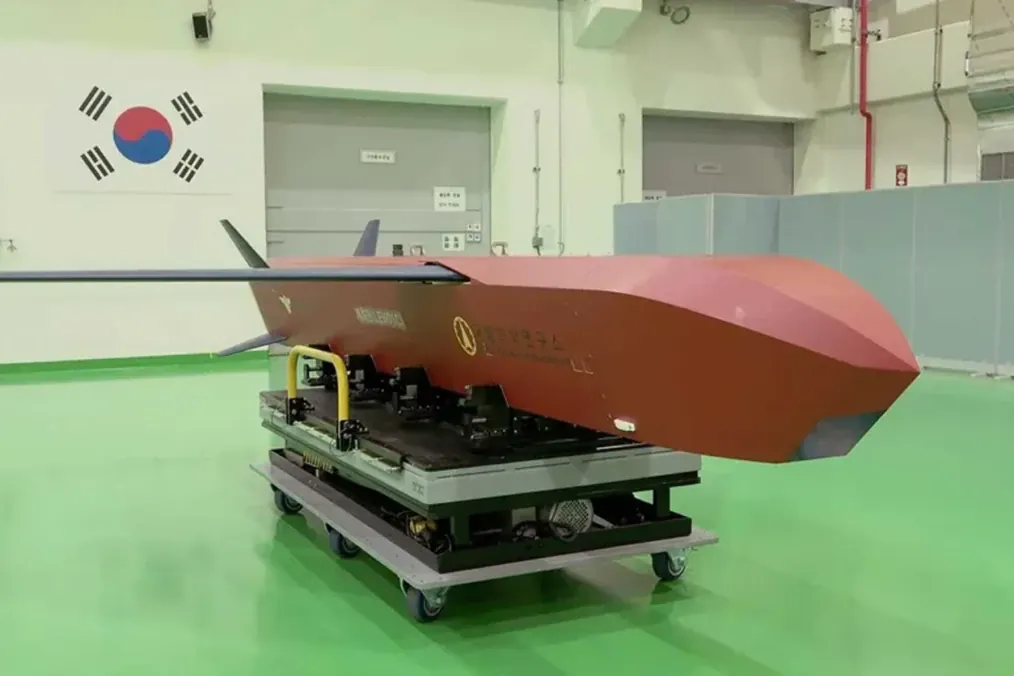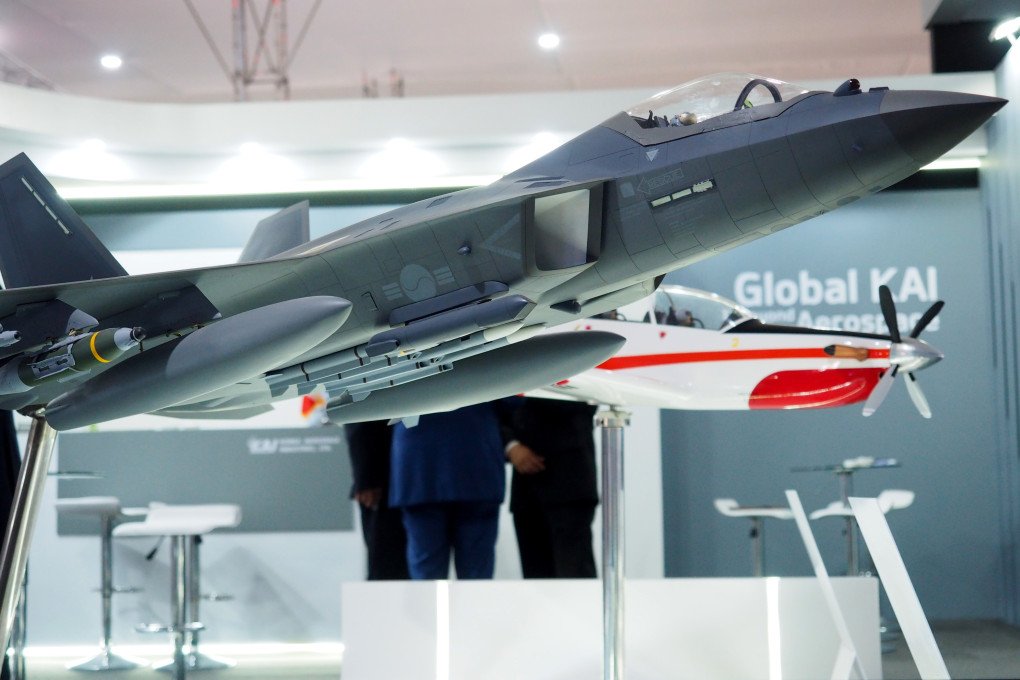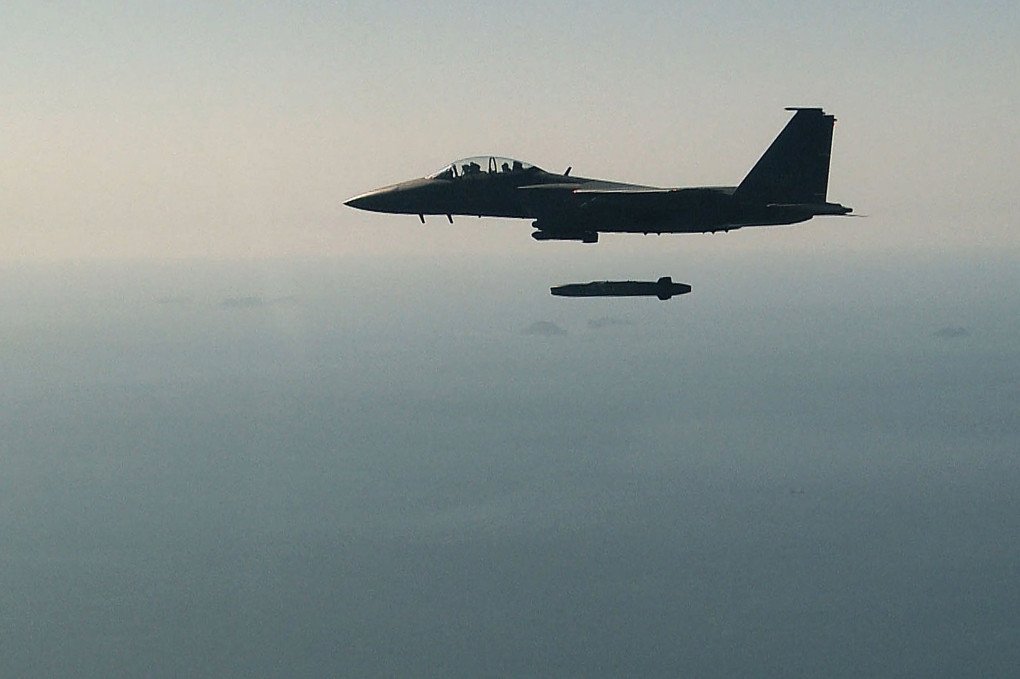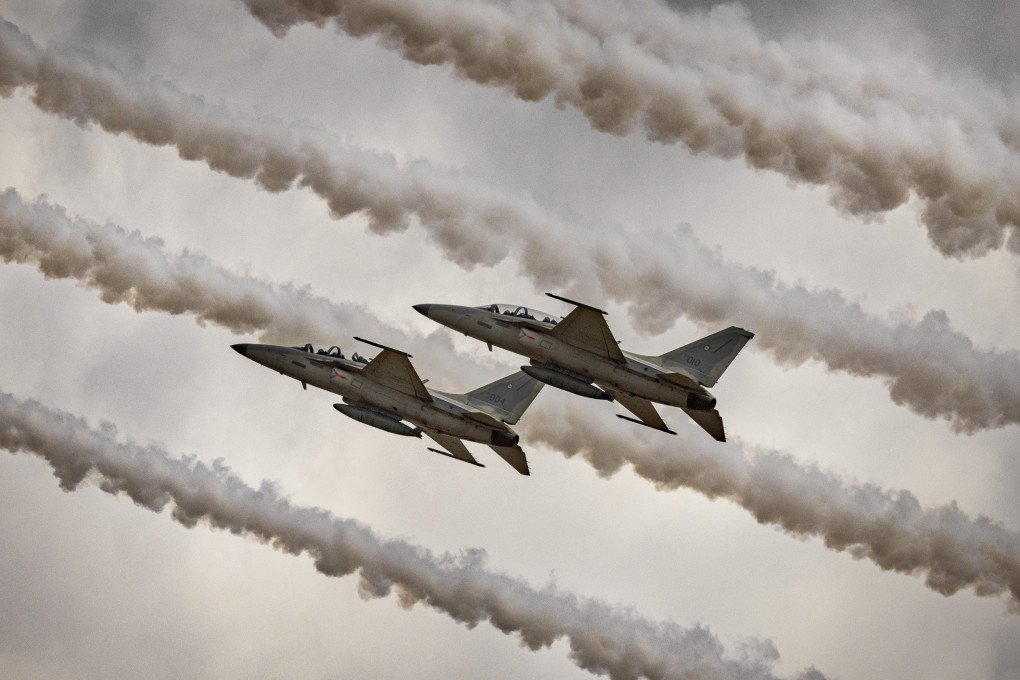- Category
- Latest news
South Korea Tests Cheonryong Cruise Missile on FA-50 Fighter for the First Time

South Korea has begun flight tests of its domestically developed Cheonryong air-launched cruise missile (KALCM) on the FA-50 light attack aircraft, according to military news outlet Army Recognition Group on March 24.
The tests are being conducted in Sacheon as part of an effort to expand the missile’s deployment options.
Originally designed as a primary strike weapon for the KF-21 Boramae fighter jet, the Cheonryong is now being tested on the FA-50 to bridge a capability gap left by the retirement of the F-4 Phantom II, which was used in earlier separation tests. With the KF-21 still undergoing flight testing and not expected to enter service until 2026, the FA-50 has been chosen as a temporary test platform, with flight trials starting in late 2024.
The Cheonryong missile program is led by the Agency for Defense Development (ADD), with LIG Nex1 and Hanwha Aerospace playing key roles in production.

The missile was developed following South Korea’s purchase of 260 German-made Taurus KEPD 350 missiles, which provided technology transfer and expertise in penetrator warhead manufacturing.
With a budget of 810 billion won ($550 million), the Cheonryong is expected to enter service in 2028, with mass production beginning in 2029 or 2030.
South Korea plans to produce at least 200 units by 2031 to bolster its inventory of long-range precision-strike weapons.

The Cheonryong is designed for deep-strike missions, featuring a stealth-shaped body, turbojet propulsion, and a high-precision guidance system.
Reports indicate a range of over 500 km when mounted on the KF-21, though this is reduced to approximately 350 km when carried by the FA-50 due to weight constraints. The missile also includes a penetrating warhead, making it capable of striking hardened underground targets like enemy command centers.

By integrating the Cheonryong into both the KF-21 and FA-50, South Korea aims to reduce reliance on foreign missile systems while enhancing the export appeal of its domestically produced fighter jets. The FA-50, developed by Korea Aerospace Industries (KAI), has already gained traction on the global market, with exports to Poland, Malaysia, and several other countries.
-5551f5ac94cd0ab4de1357a6af329660.png)
The KF-21 Boramae, South Korea’s next-generation 4.5-generation fighter, is expected to enter full-scale production in 2026, with 120 units planned for deployment by 2032.
The pairing of South Korean-built aircraft with indigenous weaponry like the Cheonryong is a key element of the country’s long-term defense strategy and export ambitions.
Earlier, Friedrich Merz, leader of Germany’s opposition and candidate for chancellor from the CDU/CSU alliance, voiced his support for providing Ukraine with long-range weapons capable of targeting military sites within Russia.
Merz criticized current restrictions on the range of weapons provided to Ukraine, noting that these limitations undermine its ability to defend itself effectively.
“By limiting the range of the weapons we provide, we are forcing you [Ukraine] to fight with one hand tied behind your back,” Merz said.




-111f0e5095e02c02446ffed57bfb0ab1.jpeg)

